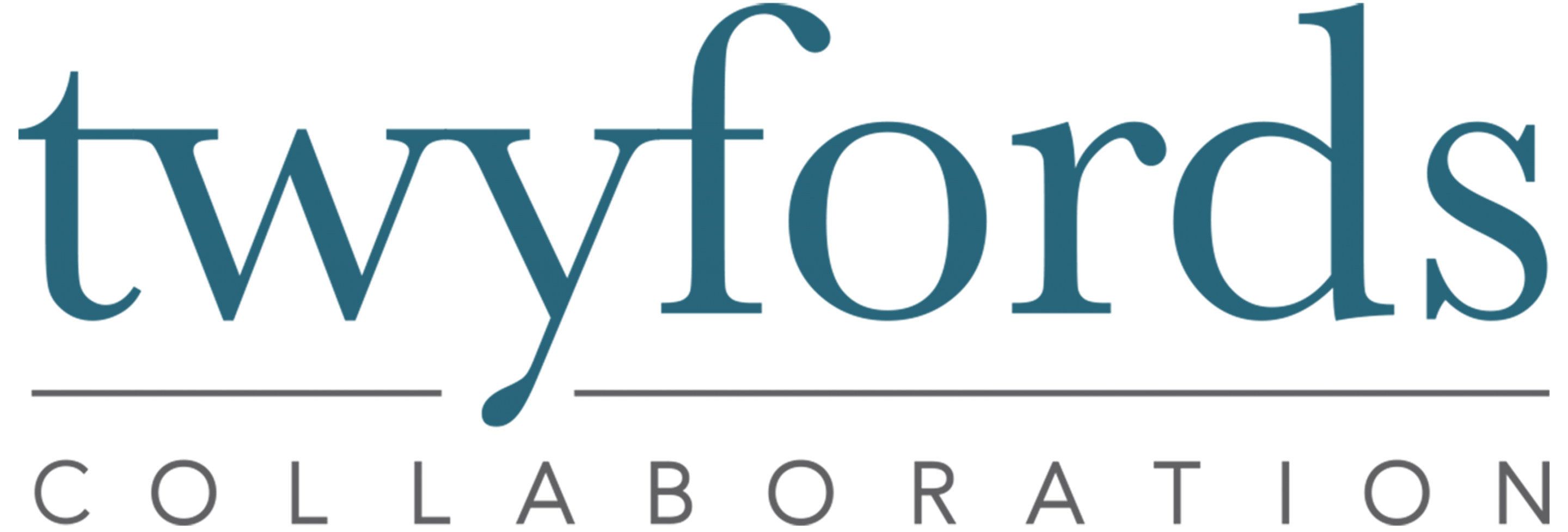The concept of the ‘Light on the Hill’ is useful for teams applying a collaborative approach (and Twyfords Power of Co framework) to a complex dilemma.
I’ve written a number of blogs about the difference between a project management approach and a collaborative approach.
Project management is both efficient and effective in situations where both the present and the future are known; when a team has a job to do such as developing a strategy, achieving a specific goal or implementing a plan. The project manager’s job is to:
- ensure that each member of the team knows their part in the work to be done
- support them as they do their part,
- monitor them until the desired and clearly defined endpoint is reached,
- evaluate and celebrate success.
However, when the problem is “wicked” or complex, often members of the team have different perspectives on it and “butt heads” as they argue over potential solutions to a very unclear problem or situation. The only thing that the team is likely to agree on is that none of them can successfully tackle the problem alone, they need to tackle it together.
Here’s an example of how seeking a “Light on the Hill” helped a group of stakeholders tackle a complex problem more effectively.
A client had been tasked with creating a Plan of Management for a city waterway. She was aware that over the past few decades while many such plans had been created the waterway continued to decline in water quality and amenity. Many people who cared about the waterway were unhappy and wanted change. She believed that another Plan of Management wouldn’t help. She wanted to engage with people who had energy for change; people within government, non-government and communities. She wanted them to create the change. She brought together 60 stakeholder organisations and asked for their help. Stakeholders who were willing and committed spent time (several meetings) defining the dilemma they faced because of many uncertainties, ambiguities and doubts about what was possible or what would help. They explored the problem from all perspectives and what, collectively, they wanted to achieve. They settled on their desire to create “an iconic waterway for their city” … their ‘Light on the Hill’. This was a shared aspiration but it was not the solution.
It became the simple idea against which the group could measure the success of any activity they tried. It was not a solution to the problems of the waterway. It was a direction for the group to head for. The group developed a range of activities they could try. Each activity aimed to move them in the desired direction towards the ‘light on the hill’. If it did, they could keep doing it. If it didn’t, they could stop doing it and try something else.
When facing complexity nothing is certain. So much is ambiguous, even unknown. The knowledge doesn’t exist so the team has to act to learn. The success of any action can be measured in relation to whether it takes them closer to their ‘light on the hill’. Every action provides new knowledge and this encourages them to keep working together.
This group continues to work on their project, learning from every activity and using their ‘Light on the Hill” to guide them as they go.
